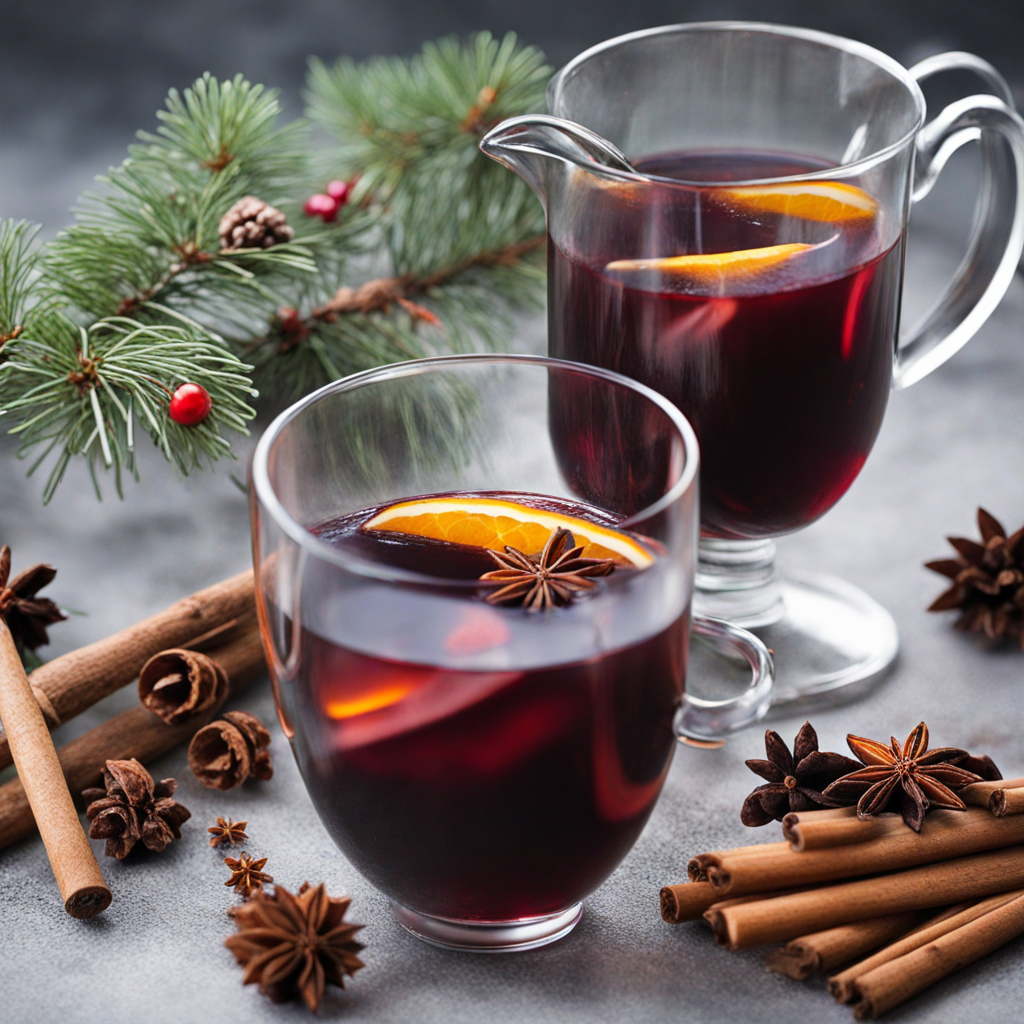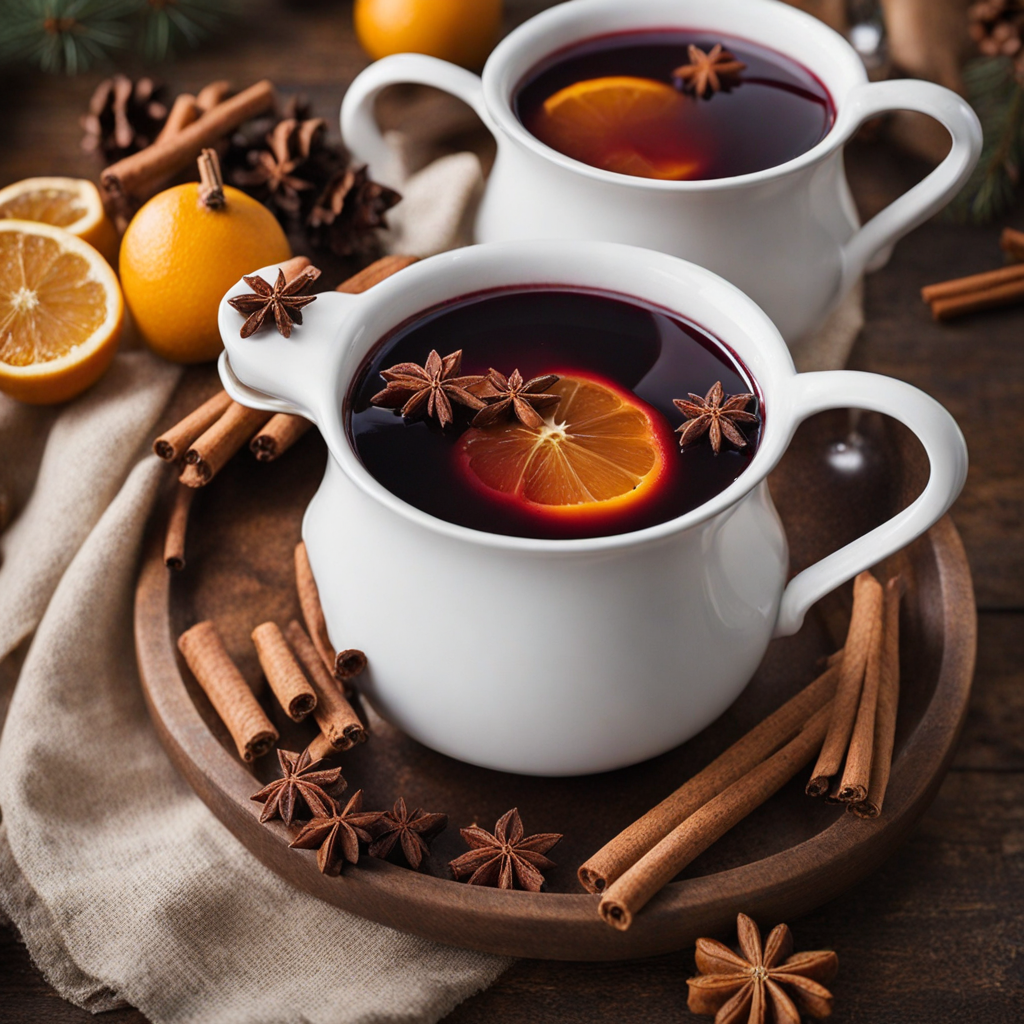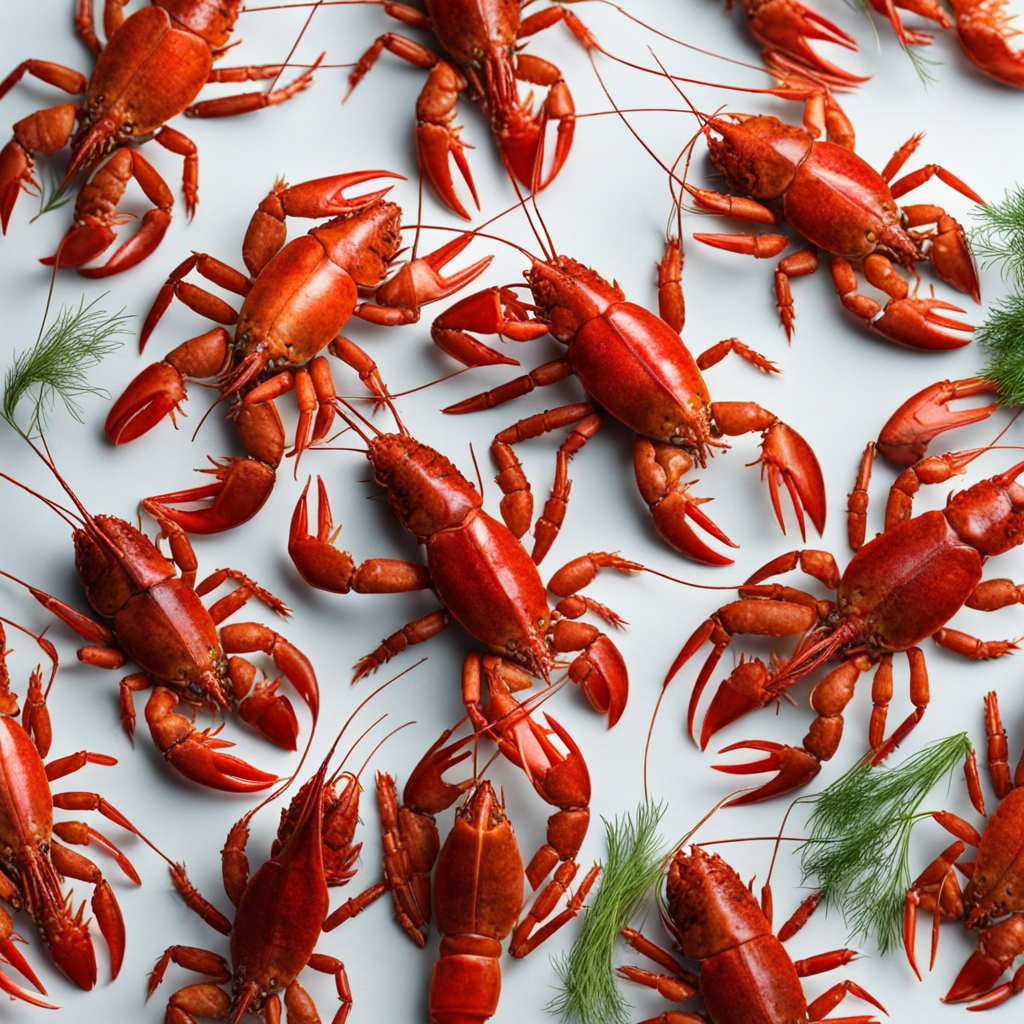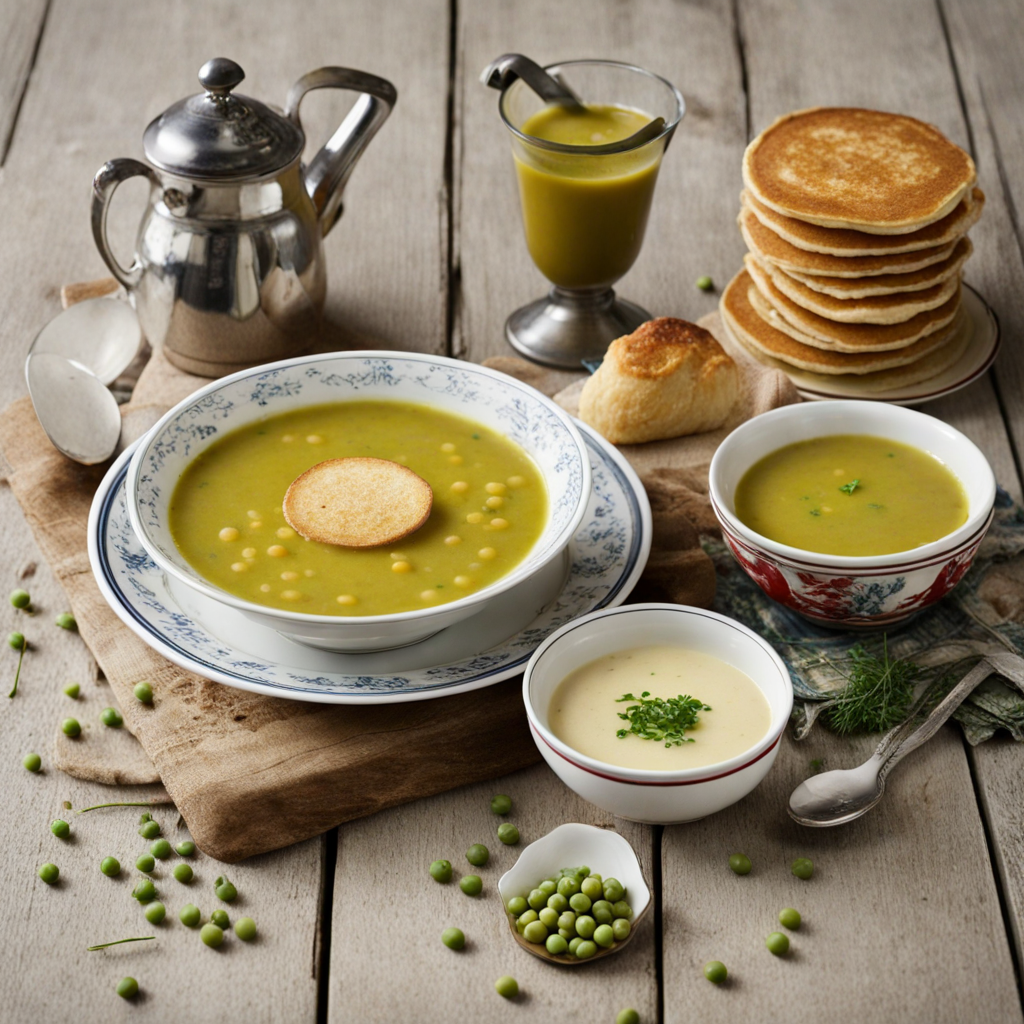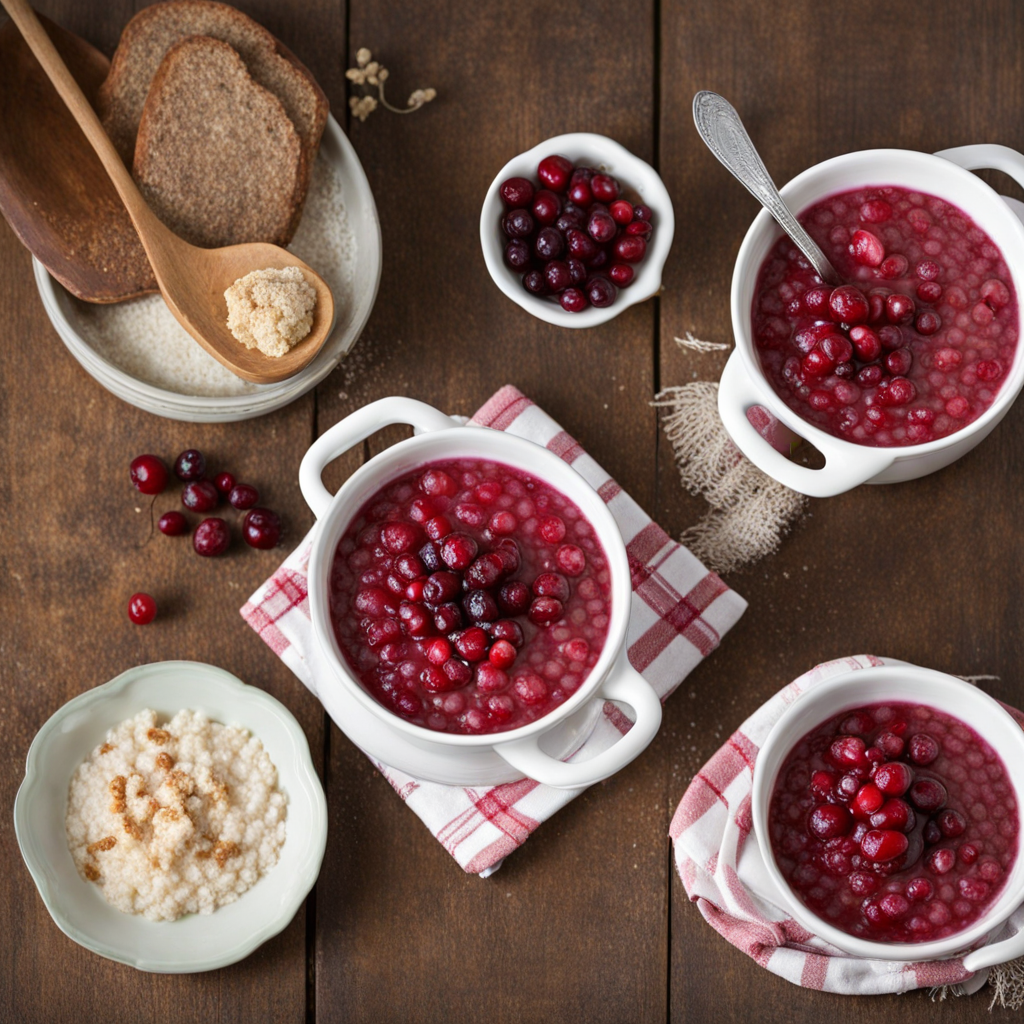Swedish Mulled Wine
Swedish Mulled Wine, known as "Glögg" in Sweden, is a warm and inviting beverage that captures the essence of winter festivities. This spiced wine is typically made with red wine, although some variations may incorporate white wine or even fruit juices. The magic of Glögg lies in its aromatic blend of spices, which often includes cinnamon, cardamom, cloves, and ginger. These spices are infused into the wine, creating a fragrant concoction that envelops you in a cozy embrace. The addition of sugar or sweeteners balances the flavors, and some recipes even call for a splash of brandy or vodka to enhance the warmth and depth of the drink. To serve, Glögg is traditionally accompanied by a variety of garnishes such as raisins, blanched almonds, and orange slices, which add texture and a hint of citrus brightness. The drink is typically enjoyed during the colder months and is a staple at Christmas markets and holiday gatherings. As the wine simmers, the spices release their essential oils, creating a rich, complex aroma that fills the room, making it hard to resist indulging in a cup of this delightful beverage. When you take your first sip of Swedish Mulled Wine, you are greeted with a warm, sweet sensation that dances on your palate. The spices provide a comforting warmth, reminiscent of crackling fires and snowy nights, while the wine's fruity undertones add a luscious depth. Glögg is not just a drink; it’s an experience that invites you to slow down and savor the moment, making it the perfect companion for festive gatherings or quiet evenings by the fire. This delightful concoction embodies the spirit of Swedish hospitality and tradition, leaving you yearning for more with each sip.
How It Became This Dish
The History of Glögg: Sweden's Warm Embrace #### Origins: A Toast to Tradition Glögg, the beloved Swedish mulled wine, evokes warmth and camaraderie during the cold winter months. Its origins trace back to ancient traditions, where the practice of warming wine with spices can be seen in various cultures, from the Romans to medieval Europe. The term "glögg" itself is derived from the Swedish word "glödga," which means "to glow," a reference to the heated wine that radiates warmth. The earliest known recipes for spiced wine can be found in the Roman Empire around the 2nd century AD, where wine was mixed with various spices for health benefits and flavor enhancement. As the centuries progressed, this practice spread throughout Europe, with each region adding its own local flavors and ingredients. The Scandinavian countries, with their long, harsh winters, embraced this warming beverage, and it eventually evolved into what we now know as glögg. #### The Cultural Significance of Glögg In Sweden, glögg is more than just a drink; it is a cultural ritual that signifies the arrival of winter, Christmas, and the festive season. Traditionally served during the Advent period, glögg has become synonymous with Swedish Christmas markets, holiday gatherings, and family celebrations. The drink is often accompanied by a spread of traditional Swedish treats such as gingerbread cookies (pepparkakor), rice pudding (risgrynsgröt), and various nuts and dried fruits. The social aspect of glögg is paramount. It is often enjoyed in a communal setting, where friends and family gather to savor the drink while sharing stories and laughter. This spirit of togetherness is reflected in the way glögg is served; it is customary to prepare large batches to accommodate gatherings, reinforcing the idea that food and drink are central to connection and celebration. #### Ingredients and Preparation: A Personal Touch The traditional recipe for glögg typically includes red wine, sugar, and a mix of spices such as cinnamon, cardamom, ginger, and cloves. In some variations, vodka or other spirits may be added to increase the potency. Each household often has its own unique recipe, passed down through generations, making glögg a personal and familial experience. The preparation of glögg is an art in itself. The wine is gently heated with the spices, allowing the flavors to meld together while avoiding boiling, which could evaporate the alcohol. After steeping, the mixture is strained to remove the spices and served hot, often garnished with raisins and blanched almonds. The ritual of making glögg can be as important as the drink itself, with families gathering to prepare it as they share stories and laughter, further embedding the beverage into the fabric of Swedish culture. #### Development Over Time: From Homebrew to Commercialization Glögg has undergone significant transformations since its inception. Initially, it was a homemade concoction, crafted with whatever spices and wines were readily available. However, as Sweden entered the modern era, the commercialization of glögg began in the late 19th and early 20th centuries. Local breweries and distilleries started producing ready-made glögg mixes, making it more accessible to the general public. The introduction of commercially available glögg was a turning point. It allowed more people to partake in the tradition without the need for extensive preparation. However, it also created a schism between the artisanal and commercial approaches to glögg. Many purists still prefer homemade versions, believing that the personal touch enhances the experience. In recent years, the popularity of glögg has expanded beyond Sweden’s borders, embraced by neighboring Nordic countries and even reaching international markets. Variants of glögg have emerged, including white glögg (made with white wine or even cider), and non-alcoholic versions, catering to a wider audience. This adaptability has helped glögg maintain its relevance in a rapidly changing culinary landscape. #### Glögg in Modern Swedish Society Today, glögg is a staple at Swedish Christmas markets, where vendors sell it alongside an array of festive foods. The drink has become a symbol of Swedish hospitality, often served at open houses and holiday parties. The act of sharing glögg is seen as an expression of warmth and generosity, reinforcing its cultural significance. In addition, glögg has inspired various events and festivals. For example, some towns host glögg competitions, where local brewers and distillers showcase their unique recipes. These events celebrate creativity while fostering community spirit, further entrenching glögg in the cultural landscape of Sweden. #### Conclusion: A Legacy of Warmth and Togetherness Glögg stands as a testament to Sweden’s rich culinary heritage, embodying warmth, community, and tradition. From its ancient origins to its modern adaptations, glögg has weathered the test of time, evolving while remaining steadfast in its role as a cherished winter beverage. As Sweden’s winters grow colder, the glow of glögg continues to warm not only the bodies but also the spirits of those who partake in it. It is a reminder of the importance of togetherness, the joy of sharing, and the beauty of tradition. Whether enjoyed at a bustling Christmas market or in the comfort of one’s home, glögg remains a beloved emblem of Swedish culture, perpetually inviting everyone to gather around and share in its warmth.
You may like
Discover local flavors from Sweden


